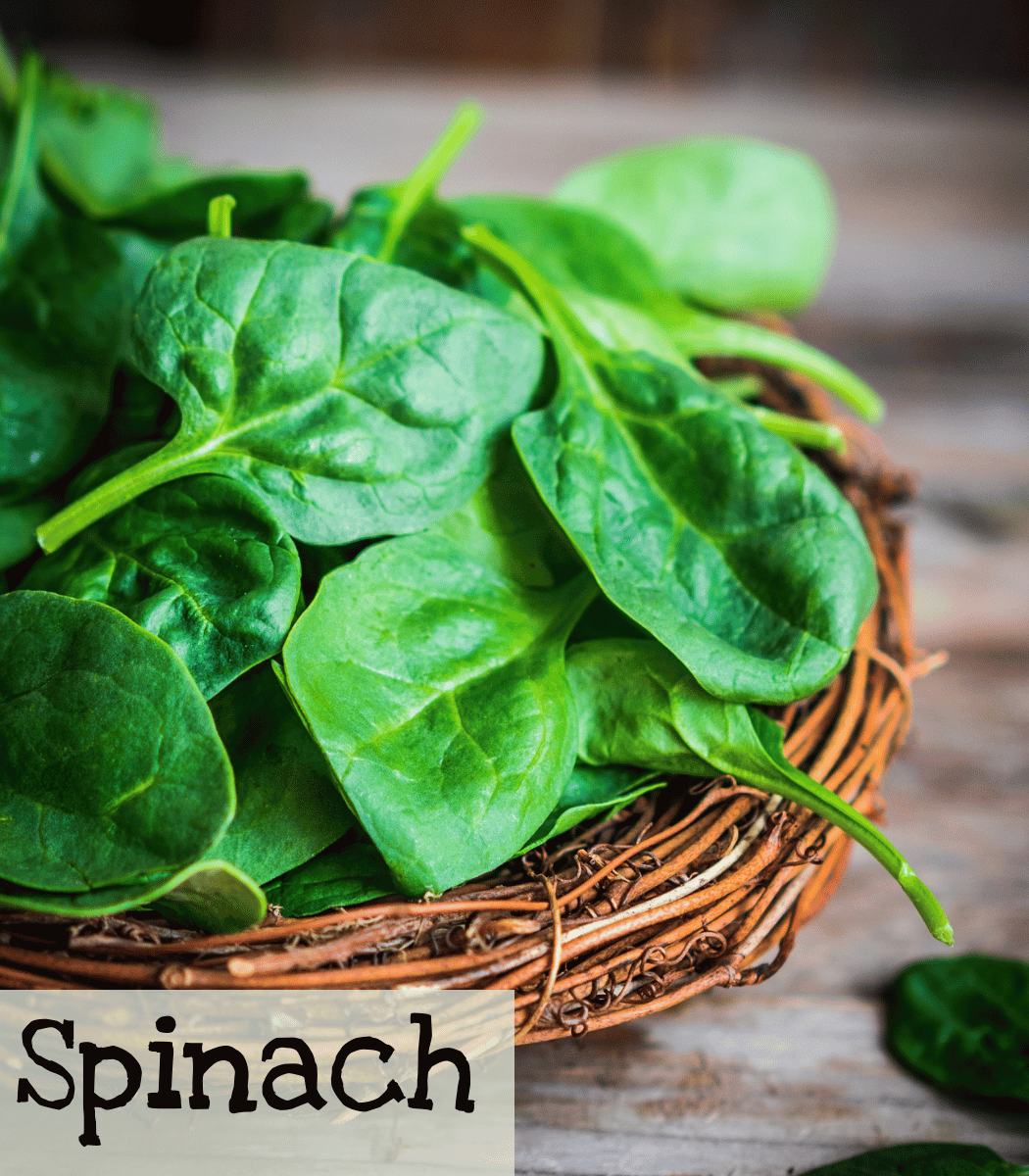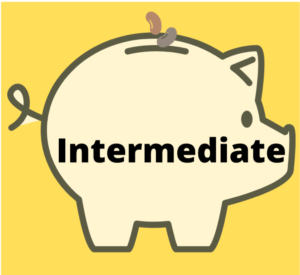
Spinach
Spinach is good both raw and cooked. It can be blended into smoothies, tossed into salads, and stuffed into pasta.
|
Bloomsdale Long Standing; Gigante D’Inverno |
|
Spinacia oleracea |
|
Easy |
|
Intermediate |
|
2-3 years if properly stored |
|
Hardy Annual |
|
7-14 days |
|
10-12” high x 4” spread Giant Noble: 20” tall |
|
Full sun to part shade |
|
40-48 days |
|
Yes |
|
February, August, September |
|
Yes |

Growing Tips


When to Start
Spring: Direct sow 4-6 weeks before the last frost. (Jan 15-Mar 15 for GA)
Fall: Direct sow 6-8 weeks before the first frost. (Sep 1-Oct 15 for GA)
How to Start
As a cool season crop, spinach seeds do not germinate well in soil temps above 75°F. Spinach prefers loose, well-draining soil and prefers full sun but will give a decent harvest in part shade conditions. Direct sow to a depth of 1/2 inch and plant about 12 to 15 seeds per foot in rows to ensure plenty of spinach growth. Space rows 12 inches apart to help keep down weeds. You can also plant spinach in containers.
Care
Once your plants are at least an inch tall, start thinning to about 2-4 inches apart. As the plants grow, continue to thin until they are 12 inches apart. Thinned spinach can be eaten and is a tasty addition to salads.
Succession planting is a great method for growing spinach. Planting every couple to every few weeks will yield fresh spinach over a longer period of time. Row covers can also be used to extend the growing season by either using them to start earlier in spring or growing later into the fall/winter. They also are beneficial to help protect the crop from freezes.
Spinach does require lots of water. Keep the ground moist, but not soggy. Bottom water is best to help prevent fungal problems. If top watering is necessary, water early enough in the day, so the leaves have a chance to dry.
Nitrogen is also something spinach needs. Use crop rotation to help keep fertilizing costs down. Plant in beds where nitrogen fixers were previously planted. (Beans, lima beans, peas, black-eyed peas, and other legumes. Sometimes fungus issues can arise. Proper spacing will help with air circulation.
Harvest
Leaves can be harvested once they reach at least 3 inches in size. Harvesting young leaves is best as once the leaves reach maturity, they will quickly become bitter. Cut the outer leaves for a more continuous harvest. Or harvest the whole plant.
Pro Tip!
Incompatibles: Potato
Grows well with: Beans, all brassicas (kale, broccoli, etc.), celery, onion, and peas
Seed Saving

Isolation Distance
Wind pollinated, spinach can cross other spinach varieties and should be separated by 1 mile for reliable distance isolation. Allow seeds to mature (turn yellow) and dry on the plants before harvesting.
Instructions
Plants are dioecious; some produce only male flowers, some only female. Spinach requires a 1:2 ratio of male-to-female plants for best pollination. Cage several plants together for pollination.
Seeds and finer chaff are easy to separate by a variety of methods. One way is to use two screens of varying mesh, one a little smaller than the seeds and the other a little larger. The first screen lets anything smaller than the seeds fall through, and the second lets the seeds through and stops anything larger.
Features
- Cold Tolerant
- Many Culinary Uses
- Easy to Grow
- Bloomsdale Long Standing: Heirloom. Cold-hardy, but tends to bolt in hot weather. This variety is popular with chefs.
- Gigante D’Inverno: Heirloom. It produces large, broad, deep green leaves well into the fall and winter months in many areas.
